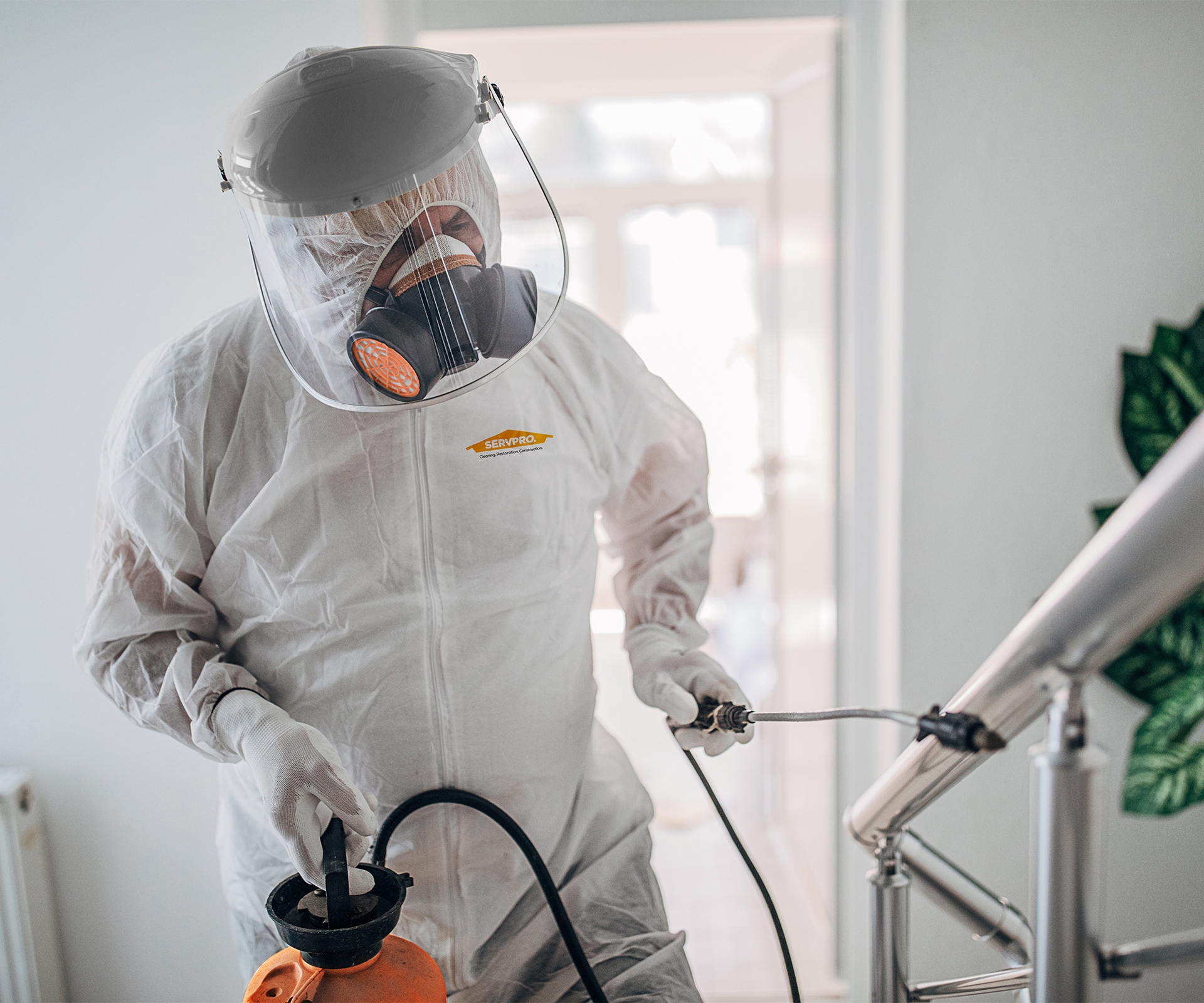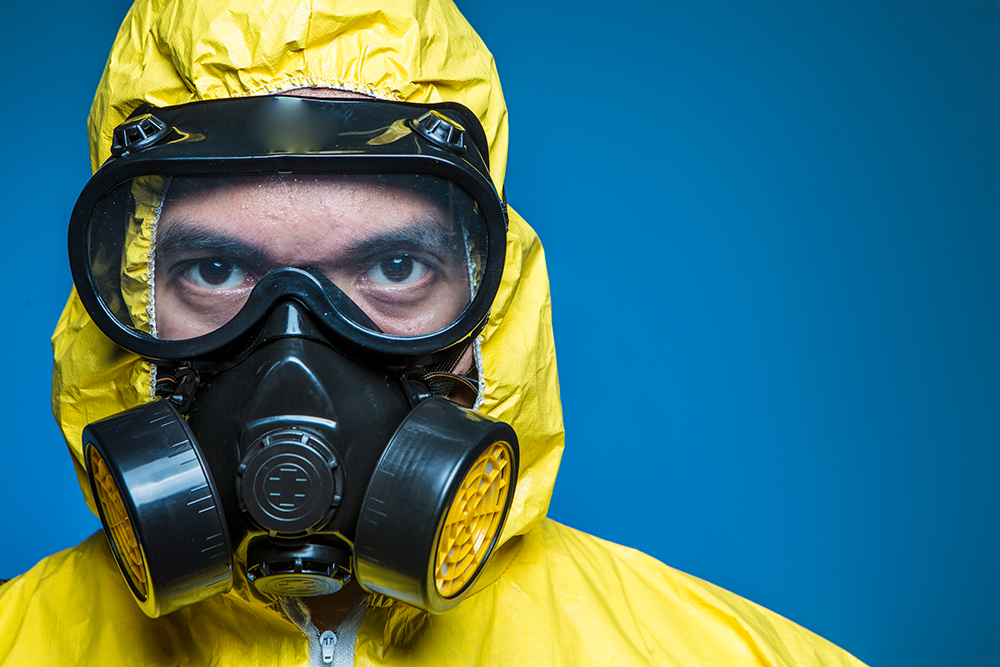Professional Homicide and Suicide Cleanup: Compassionate and Discreet Providers
Professional Homicide and Suicide Cleanup: Compassionate and Discreet Providers
Blog Article
Professional Biohazard Cleansing and Purification for Blood, Bodily Fluids, and Hazardous Materials
The prospective health threats associated with direct exposure to biohazards emphasize the critical requirement for thorough handling and extensive cleaning. As we navigate the complex landscape of biohazard cleaning, understanding the nuances of guidelines, conformity, and the specific tools at play becomes necessary in ensuring a risk-free and complete decontamination process.
Wellness Risks of Biohazard Exposure
Exposure to biohazards presents substantial wellness threats that can result in severe consequences for individuals and communities alike. Biohazards include a wide variety of biological substances, including blood, bodily fluids, mold, germs, viruses, and other potentially infectious materials. When individuals enter into contact with these biohazards, whether through accidents, inappropriate handling, or ecological direct exposure, they face the risk of having significant health problems or conditions.
Among the main health risks related to biohazard exposure is the transmission of infectious conditions. Bloodborne virus such as HIV, liver disease B and C, and different bacteria can be present in biohazardous materials, posturing a straight threat to human health and wellness. Inhaling air-borne biohazards like mold spores or entering contact with contaminated surfaces can likewise lead to respiratory system problems, allergies, and other adverse wellness results.
In addition, biohazard exposure can have long-term wellness ramifications, with some diseases showing up years after the preliminary contact (Blood Cleanup). For that reason, it is essential to focus on correct biohazard cleansing and decontamination to alleviate these health threats and guarantee the safety and security of individuals and communities

Specialized Educating for Biohazard Clean-up
When it involves dealing with biohazard cleaning efficiently and safely, specialized training plays an essential function in guaranteeing proper purification treatments are followed. Biohazard clean-up calls for specific knowledge and skills to successfully minimize risks connected with bloodborne microorganisms, physical liquids, and hazardous materials. Specialists learnt biohazard clean-up go through extensive guideline on how to safely deal with, get rid of, and deal with biohazardous materials to avoid contamination and exposure.
Specialized training for biohazard clean-up covers a series of essential subjects, consisting of proper personal protective devices (PPE) usage, bloodborne pathogen understanding, purification techniques, and contaminated materials disposal procedures. Individuals learnt biohazard clean-up are furnished with the needed proficiency to evaluate contamination levels, recognize possible threats, and apply proper clean-up procedures in compliance with regulatory standards.
Continual training and education and learning are vital in the field of biohazard cleanup to remain upgraded on the most current decontamination technologies, safety and security procedures, and laws. By purchasing specialized training, biohazard cleaning experts can efficiently reply to emergency situation clean-up situations and guard both public health and wellness and the setting.
Significance of Proper Purification Techniques
Making use of proper purification techniques is important in biohazard cleanup to properly minimize and eliminate harmful materials wellness risks. Reliable decontamination not just guarantees the elimination of visible traces of blood, physical liquids, and other biohazards however also targets undetectable virus that may posture major wellness risks otherwise properly removed. By following strict purification protocols, trained specialists can substantially lower the risk of direct exposure to unsafe microorganisms, infections, and microorganisms that could result in diseases or infections.
Appropriate purification strategies involve using specific tools and disinfectants that are specifically created to counteract biohazards efficiently. Detailed cleansing and disinfection of contaminated areas are important to avoid the spread of microorganisms and make sure a secure setting for occupants. Furthermore, the appropriate disposal of biohazardous waste complying with decontamination procedures is crucial in protecting against contamination of various other surface areas or people.

Devices and Tools for Safe Clean-up
When dealing with blood, physical fluids, or unsafe materials, biohazard cleaning specialists rely on specialized equipment to minimize exposure threats and completely sanitize the affected location. In addition, biohazard cleaning sets having like this disinfectants, absorptive materials, and biohazard bags are utilized to safely get rid of and include of polluted items.
Advanced cleansing devices like hospital-grade disinfectants, HEPA-filtered vacuum cleaners, and fogging devices are employed to disinfect surface areas and remove biohazards efficiently. Specialized tools such as sharps containers and biohazard waste disposal bins are used to safely take care of sharp items and biohazardous waste materials. By using the right equipment and devices, biohazard cleaning experts can ensure a comprehensive cleanup procedure that prioritizes safety and security and minimizes health threats for both employees and residents of the afflicted space.
Regulations and Compliance in Biohazard Cleaning
Correct adherence to laws and compliance criteria is critical in biohazard cleansing to ensure the safety and security biohazard cleanup certification online of both workers and the atmosphere. Government agencies such as OSHA (Occupational Safety and Wellness Management) and the EPA (Environmental Protection Firm) have developed certain standards for biohazard cleaning procedures to decrease health and wellness threats and environmental contamination. These guidelines cover a variety of aspects consisting of the handling, transportation, and disposal of biohazardous products, along with the required training and protective tools needed for personnel associated with the clean-up procedure.
Biohazard cleansing companies must stay up-to-date with these laws to assure that their procedures fulfill the needed safety and security standards. Failing to abide with these guidelines can result in severe repercussions, including fines, lawsuit, and threatening the health and wellness of people and the setting. By complying with rigorous policies and conformity measures, biohazard cleaning business can effectively reduce risks and make certain a safe and detailed clean-up process for all events involved.
Conclusion
Finally, biohazard cleaning and decontamination require customized training, correct methods, and adherence to laws. Exposure to blood, physical liquids, and harmful materials positions considerable health and wellness threats, making it critical to make use of the best devices and tools for safe cleanup. By adhering to strict protocols and standards, experts can successfully reduce the threats connected with biohazard direct exposure and make certain the security of both themselves and others.
As we browse the elaborate landscape of biohazard cleanup, comprehending the nuances of laws, conformity, and the customized devices at play becomes vital in making certain a thorough and secure decontamination process. (Blood Cleanup)
When it this website comes to taking care of biohazard clean-up successfully and safely, specialized training plays a basic duty in ensuring correct purification procedures are followed.Utilizing correct decontamination techniques is critical in biohazard clean-up to efficiently reduce and remove dangerous materials wellness dangers. Furthermore, biohazard cleaning packages containing anti-bacterials, absorptive products, and biohazard bags are utilized to securely include and dispose of infected products.
Government companies such as OSHA (Occupational Security and Wellness Management) and the EPA (Environmental Defense Agency) have actually established particular guidelines for biohazard cleanup procedures to reduce health and wellness risks and environmental contamination.
Report this page